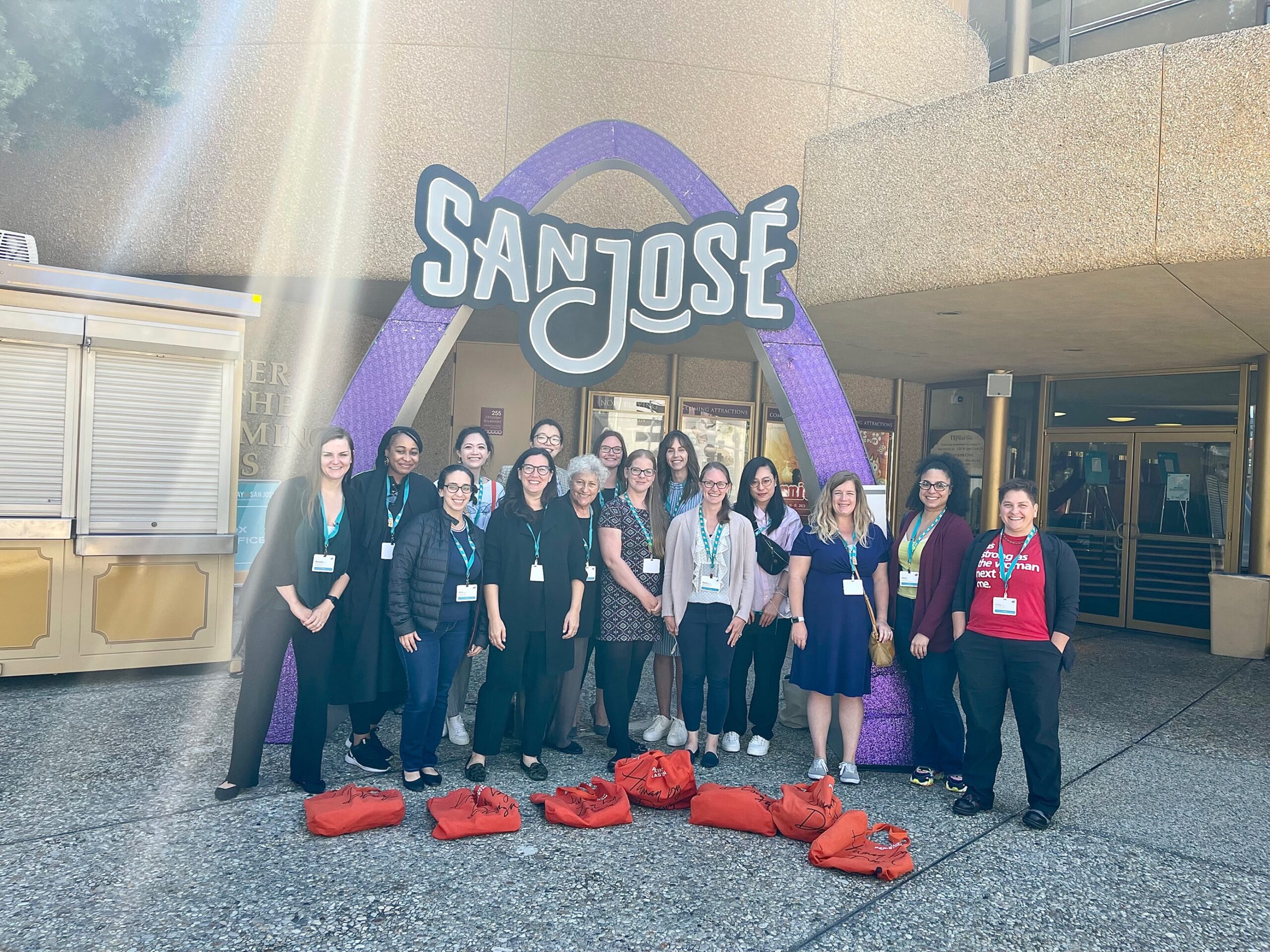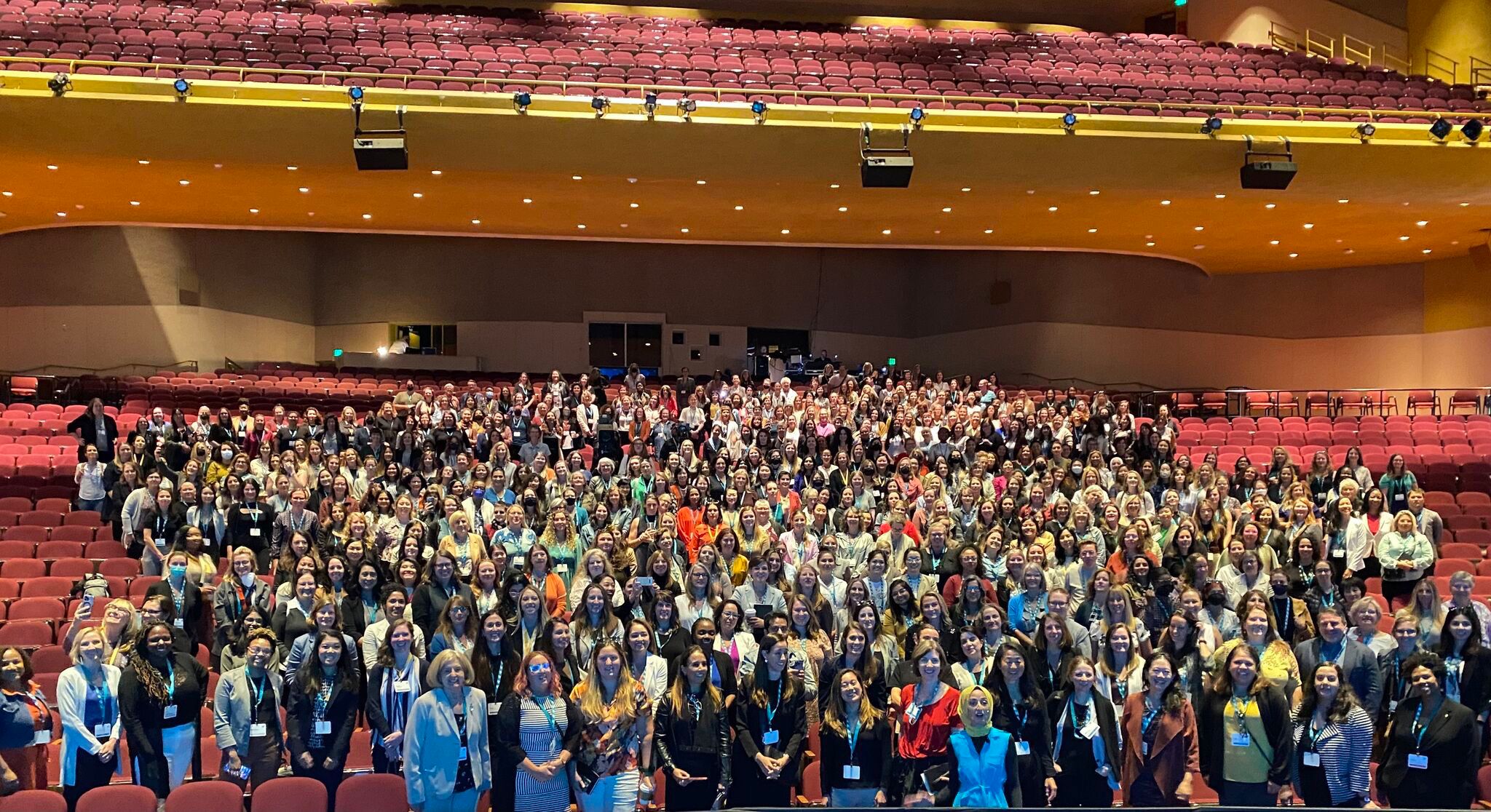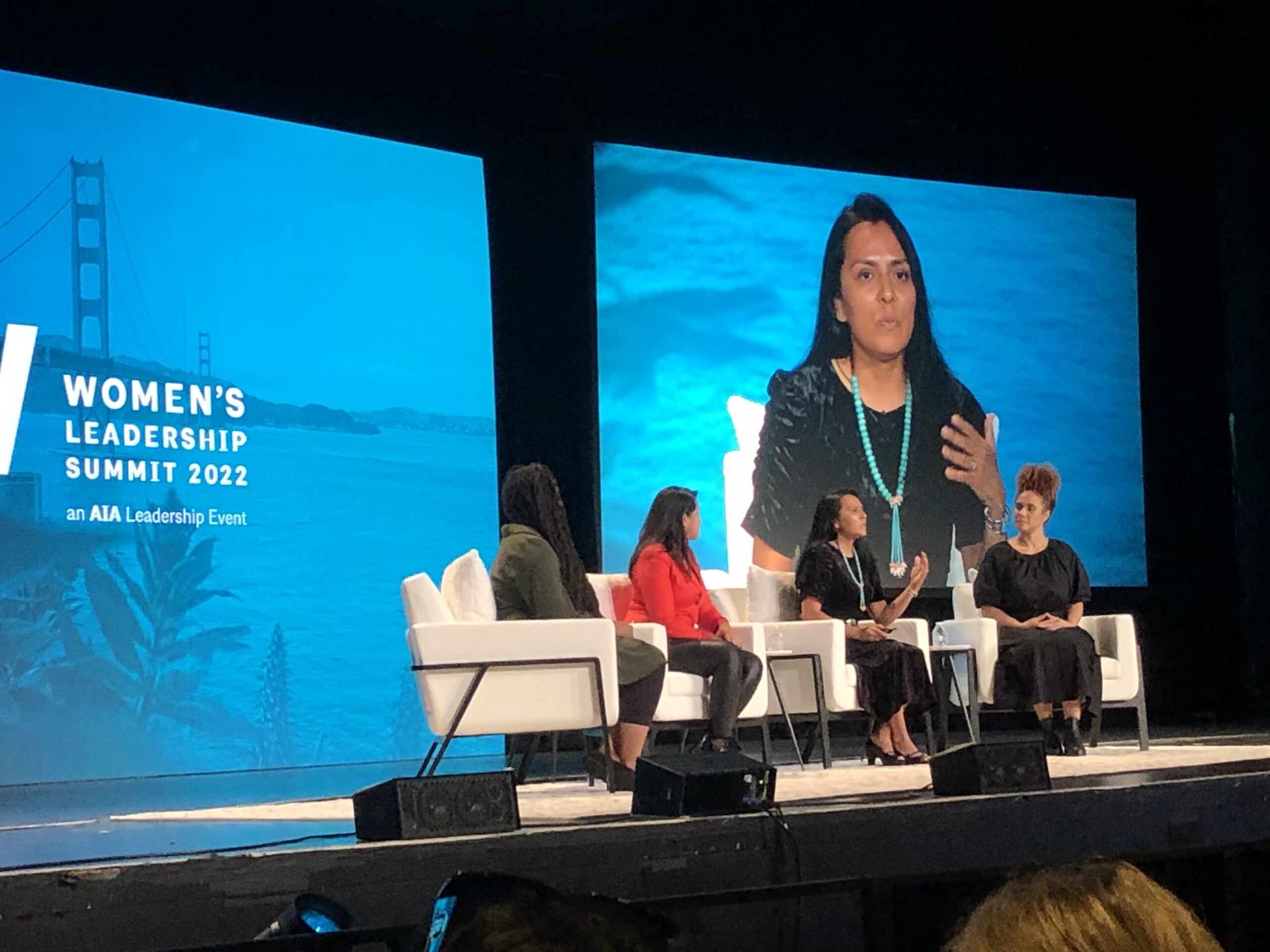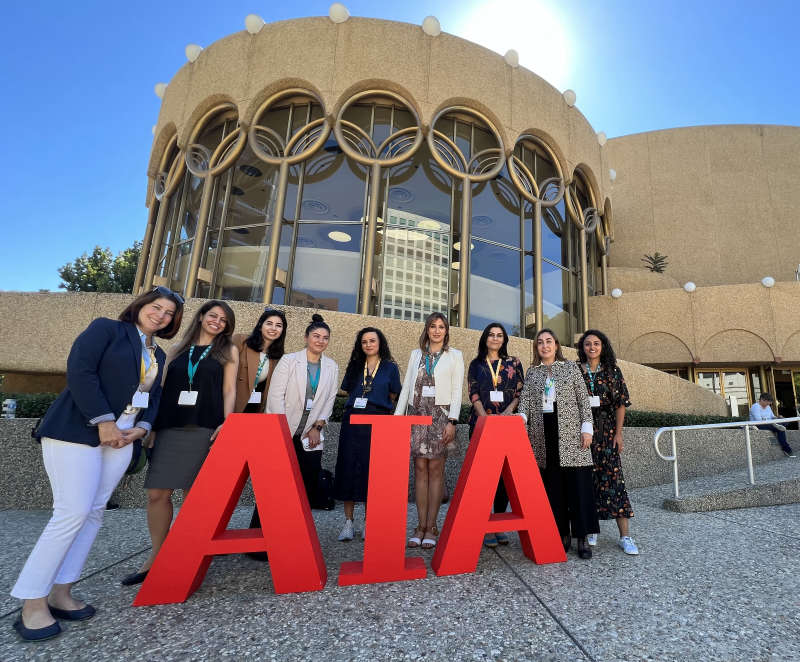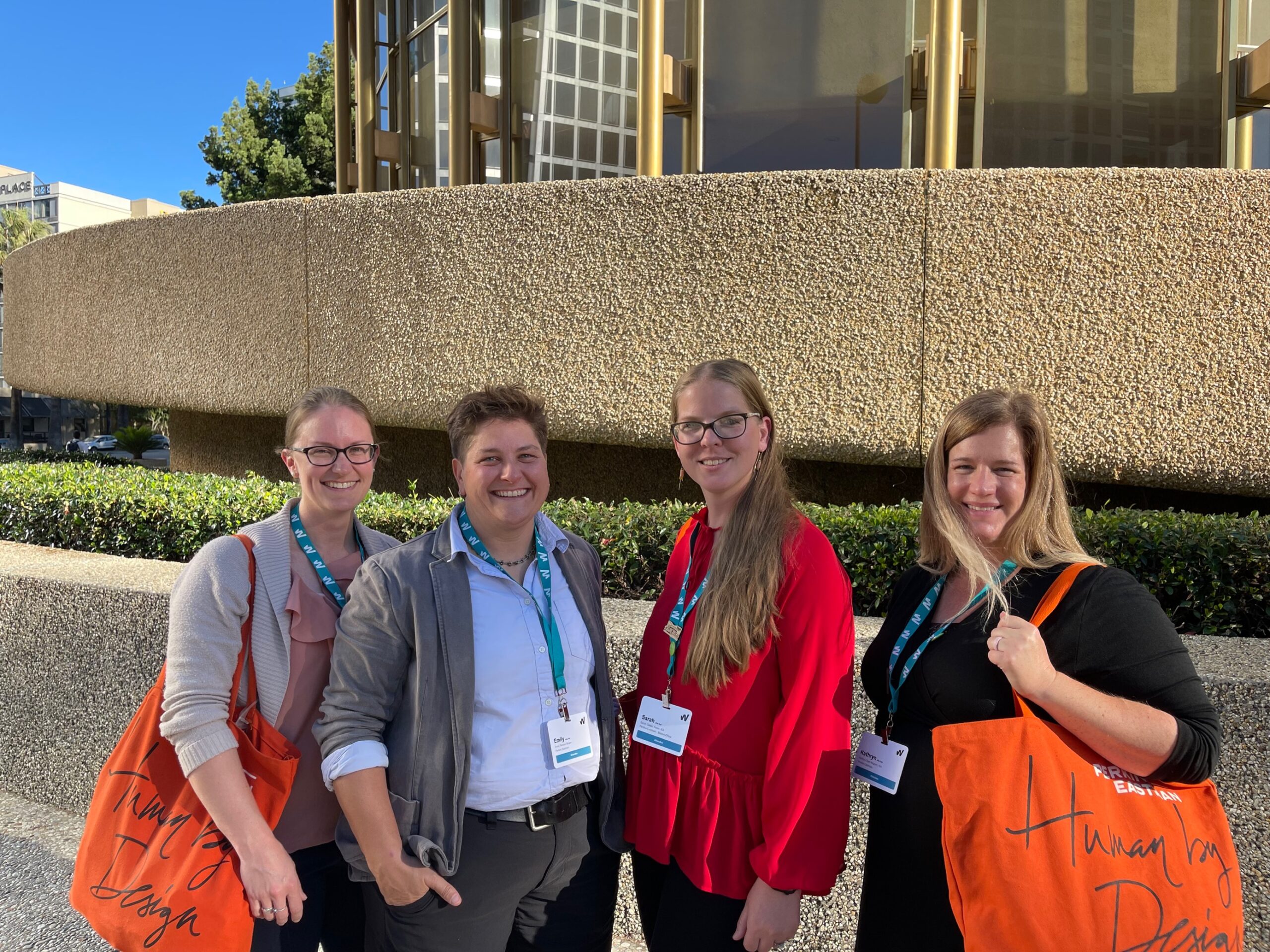Battling Burnout
The work-life balance challenge took up much of the post-conference WLI conversation, where nearly everyone weighed in on how the traditional studio format needs to change—especially for women who more frequently have to juggle work with raising children and caring for aging parents. “A lot of us don’t really realize we’re burning out until we’re burned out—and we need to go home and hide for a few days and not tell anybody,” Oakes said. An app created for the conference let attendees comment and ask questions in real time during each session; an emblematic one for the mental-health session was, “Have we seen a shift in academia toward better studio culture and mental wellness?” Kendall Tynes, creative director of Frank—A Perkins Eastman Studio in New York, said “this particular session was so key for all of us that we felt like, ‘Wow. I wish we could have the entire firm listening in.’”
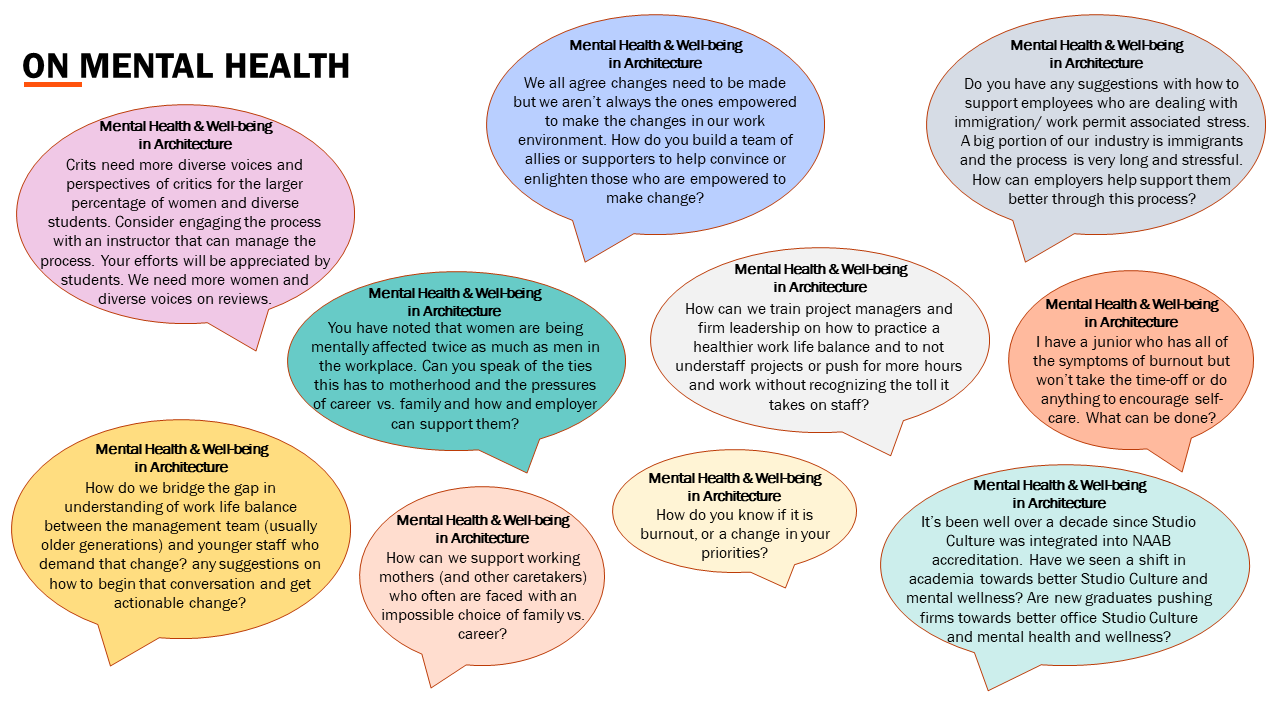
Comments and questions during each session flowed into an app real time, so everyone could see the discussion on their phones. Graphic by Sarah Oakes
Of particular note was the strong presence of architectural students and emerging professionals who don’t agree that entering the profession should mean a career-long commitment to regular all-nighters for days on end to complete projects under rigid deadlines. “How can we train project managers and firm leadership on how to practice a healthier work-life balance and to not understaff projects or push for more hours and work without recognizing the toll it takes on staff?” Oakes asked. “This new generation [is saying] ‘We’re not OK with that. We’re not going to tolerate it. We’re going to push back against this whole culture of architecture.’”
On that point, Pierson-Brown brought up a conversation she’d just had with members of the Costa Mesa studio about the philosophy of leadership. Rather than the top-down control that studio culture represents, leadership is moving in the direction of “how can I help, rather than how can I control. It’s giving people freedom for professional development, letting staff choose where to invest time and the giving them resources,” Pierson-Brown said. Kathryn Wagner, one of the firmwide WLI leaders who also attended the conference, said several speakers urged the gathered industry professionals to set new standards for leadership. The movement is already afoot at Perkins Eastman. “We’re pretty close to adopting that mindset,” said Wagner, who works in the Oakland studio. “This approach ties into our WLI mission, vision, and goals. Most of our West-Coast offices try to empower people to search for something that resonates with them and then give them the tools and guidance to achieve success on their own terms.”
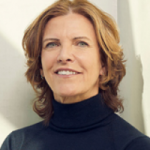
Jeanne Gang
Architect Jeanne Gang, who gave the closing keynote address at the conference, presented her corporate flow chart for Studio Gang in Chicago. It resembles a tree rather than a mountain, with the firm’s values providing the roots and her name at the base of the trunk, holding things steady as everyone else “blossoms” up and out. “She doesn’t see herself at the top at all,” Oakes said. “It’s a nice way to describe how she runs her firm.”
